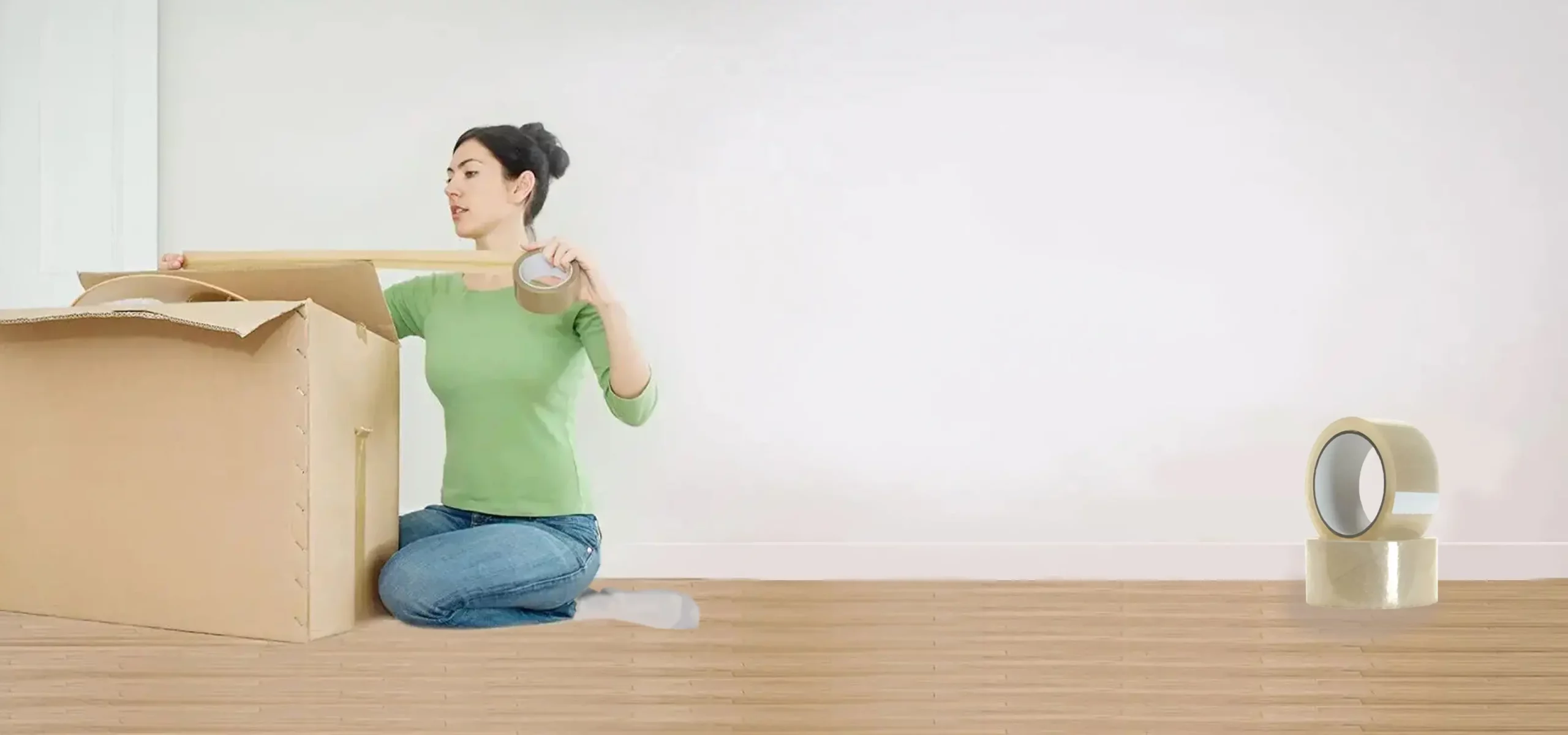
# Double-Sided Tape: The Ultimate Bonding Solution
## Introduction to Double-Sided Tape
Double-sided tape has become an indispensable tool in both household and industrial applications. This versatile adhesive solution offers a clean, efficient way to bond materials without the mess of liquid glues or the bulk of mechanical fasteners.
## How Double-Sided Tape Works
The magic of double-sided tape lies in its simple yet effective design. A thin carrier material (often paper, foam, or film) is coated with adhesive on both sides, creating a bonding medium that can join two surfaces together. The adhesive formulation varies depending on the intended use, with options ranging from temporary repositionable bonds to permanent industrial-strength adhesion.
### Key Components:
– Carrier material
– Top and bottom adhesive layers
– Release liner (for protection before use)
## Common Types of Double-Sided Tape
### 1. Paper-Based Tape
Ideal for lightweight applications and crafting projects. Offers moderate adhesion and easy tearability.
### 2. Foam Tape
Provides cushioning and gap-filling properties along with strong bonding. Perfect for mounting objects on uneven surfaces.
### 3. Film Tape
Thin and transparent, excellent for bonding clear materials or when a discreet bond is needed.
### 4. High-Temperature Tape
Designed to withstand extreme heat conditions, commonly used in automotive and electronic applications.
## Advantages Over Traditional Adhesives
Double-sided tape offers numerous benefits that make it superior to many traditional bonding methods:
– Clean application with no messy residue
– Immediate bonding strength
– Uniform adhesive distribution
– No drying or curing time required
– Vibration damping properties (especially with foam tapes)
– Minimal surface preparation needed
– Discreet appearance when properly applied
## Industrial Applications
In manufacturing and construction, double-sided tape has revolutionized assembly processes:
– Automotive assembly (trim attachment, emblems)
– Electronics manufacturing (component mounting)
– Signage and display installation
– Construction (panel bonding, temporary holds)
– Aerospace (lightweight component attachment)
## Household Uses
Every home can benefit from keeping various types of double-sided tape on hand:
– Hanging pictures and mirrors without nails
– Securing rugs and carpets
– Temporary hem adjustments
– Craft projects and scrapbooking
– Organizing cables and wires
– Mounting hooks and small shelves
## Choosing the Right Double-Sided Tape
Consider these factors when selecting tape for your project:
1. Surface materials (porous vs. non-porous)
2. Weight of objects being bonded
3. Environmental conditions (temperature, moisture)
4. Required bond strength
5. Desired permanence
6. Thickness requirements
7. Flexibility needs
## Application Tips for Best Results
To maximize the effectiveness of your double-sided tape:
– Clean surfaces thoroughly before application
– Apply firm pressure for 30-60 seconds
– For heavy items, use multiple strips rather than one large piece
– Allow temperature-sensitive tapes to acclimate before use
– Store tapes in a cool, dry place to maintain adhesive properties
– Consider using primer for difficult-to-bond surfaces
## The Future of Double-Sided Tape
Advancements in adhesive technology continue to expand the capabilities of double-sided tapes. New developments include:
– Smart adhesives with adjustable bonding strength
– Environmentally friendly, biodegradable formulations
– Conductive tapes for electronic applications
– Ultra-thin tapes for microelectronics
– Improved high-temperature performance
From simple household fixes to complex industrial assemblies, double-sided tape provides a reliable, efficient bonding solution that continues to evolve with our changing needs. Its versatility and ease of use ensure it will remain a staple in toolboxes and factories for years to come.
Keyword: double sided tape